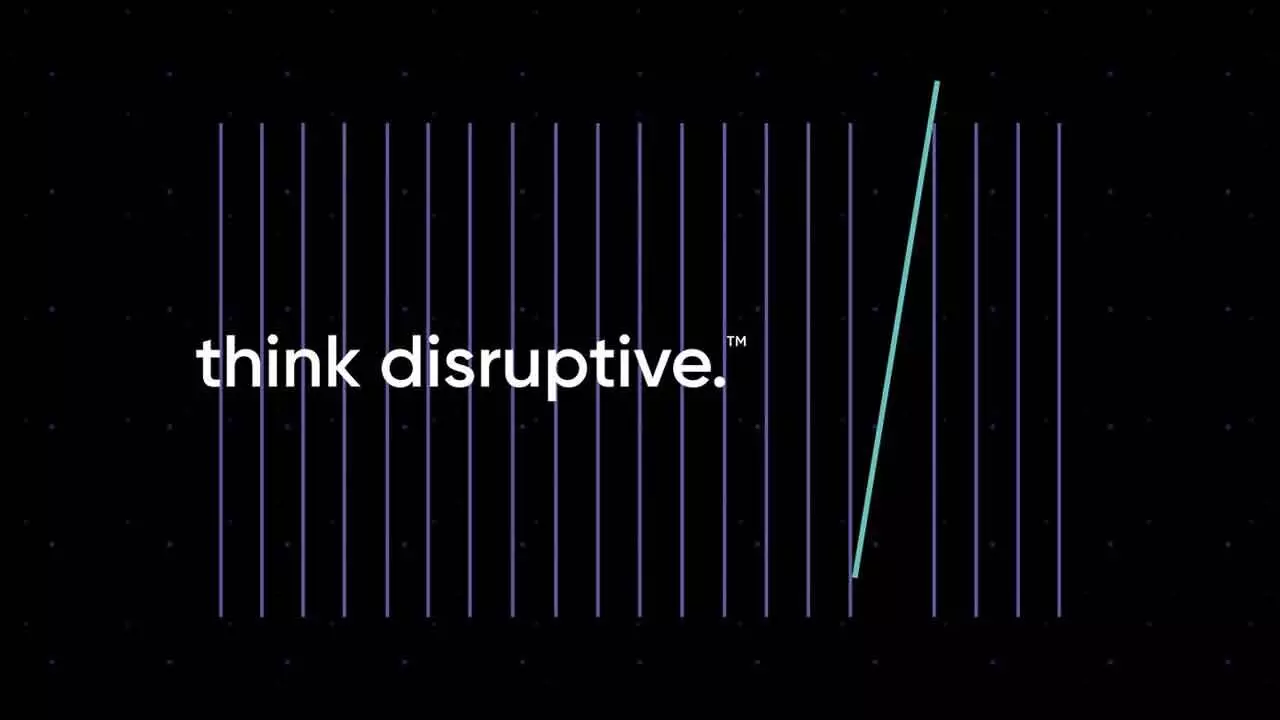Traditional Businesses Should Adopt ‘Disruptive’ Mindset To Get A Competitive Edge
Tesla drew flak when it introduced EVs in the market; today it is the segment’s global leader
Traditional Businesses Should Adopt ‘Disruptive’ Mindset To Get A Competitive Edge

In today’s competitive landscape, brands need to do more than just survive—they need to stand out. Enter disruptive brands. These are the trailblazers that have redefined industries and altered consumer expectations. But what makes them unique? What can traditional businesses learn from these disruptive innovators? The answer lies in their willingness to challenge norms, push boundaries, and embrace bold, unconventional strategies.
Let us uncover the vital insights traditional brands can harness by studying the bold moves and innovative approaches of disruptive companies.
Disruption demands guts:
Daring to dream bigger disruption is the core. It’s about doing something that has never been done before and it requires a daring that not every brand possesses. Disruptive brands take the leap into the unknown, despite the ominous risks. They aren't content with following industry norms or playing it safe—they set out to create their own rules.
Take the example of Airbnb, a company that revolutionised the hospitality industry. When the founders initially proposed the idea of strangers staying in each other's homes, the concept seemed absurd to many. Who would want to open their homes to strangers, or trust a website for lodging? But by sticking to their bold vision, they not only created a billion-dollar company but also redefined how we think about travel accommodations. This implies that disruption requires courage.
It’s not enough to think big; you must act on your vision. It is about ignoring the prophets of doom. This mindset often separates innovators from the pack.
Ignoring criticism Golds the key:
One of the defining characteristics of disruptive brands is resilience. More often than not, these companies face skepticism, criticism and even outright rejection in their early days. Everyone seems to put them down, but what sets them apart is their unrelenting belief in their idea and pursuing it. Tesla, for example, faced enormous criticism when it introduced electric vehicles (EVs) in the market. Many questioned the feasibility of EVs replacing traditional fuel-powered cars. However, Tesla stuck to its mission of accelerating the world’s transition to sustainable energy. Today, it leads the EV market, and their dedication to the original vision is paying dividends. For traditional brands, the takeaway is clear: resilience is the key. Pioneering a new path means encountering resistance, but standing firm in your belief and moving forward despite criticism is what helps them score over those who give up at the first hurdle.
Disruption is more than just innovation:
Marketing disruption isn’t always about creating an entirely new product or service. Sometimes, the disruption lies in how you bring that product to the market. It means introducing a new way to communicate with or engage your audience.
An example is Nike’s 'Nike+ Run Club' app. Instead of merely selling shoes, Nike created a digital ecosystem to engage with runners globally. The app allows users to track runs, connect with other runners, receive coaching tips, and set fitness goals. Nike wasn’t just promoting products—they were fostering a community and enhancing the customer experience. This approach went beyond traditional marketing, creating long-lasting brand loyalty by delivering real value outside of the core product offering.
Traditional brands can take a page from this playbook. Disruption doesn’t have to mean turning your entire business upside down. Sometimes, even small changes in how you engage with your audience can be a big hit. It’s about thinking creatively and offering something your competitors don’t.
Standing out from the competition:
At the heart of disruption lies the goal of standing out from the competition. Disruptive brands don't aim to just compete with the market leaders—they aim to replace them by doing things differently. Whether through product innovation, marketing strategies or business models, these brands find ways to separate themselves from the pack.
Netflix serves as a textbook case. In its early days, Netflix was up against Blockbuster, the then-dominant force in the video rental industry. Instead of trying to compete on Blockbuster’s terms, Netflix took a different route—subscription-based streaming. By focusing on convenience, accessibility, and personalised content, Netflix redefined how we consume media and effectively drove Blockbuster out of business.
For traditional brands, the lesson is this: don’t just try to compete—try to innovate in ways that make your competition irrelevant. Find what makes your brand unique, focus on it, and build your strategy around it. This is the essence of disruption.
Learning from the greats:
So, how can traditional brands apply the lessons of disruption to their own businesses? Here are a few key takeaways:
Embrace risk: Don’t be afraid to take bold steps, even if it means veering away from what’s conventional or safe.
Stick to your vision: Be prepared for criticism and skepticism, but don’t let it derail your long-term vision.
Innovate in marketing: You don’t always have to reinvent the wheel—sometimes it’s about how you market the wheel.
Differentiate; don’t just compete: Focus on what makes your brand different and build your strategy around that uniqueness. Ultimately, disruption is about courage, innovation and persistence. Traditional brands don’t need to entirely disrupt their industries to learn from disruptive brands, but by adopting some of their core principles, they can position themselves for sustained success.
Embracing the spirit of disruption:
In a fast-paced world where consumer expectations are constantly evolving, brands that stand still are bound to fall behind. Disruptive brands aren’t afraid to take risks, challenge the status quo, and reinvent how industries operate. Whether it's by innovating in product design, marketing strategies, or customer engagement, these brands offer valuable lessons for those willing to learn. As traditional businesses look to future-proof their operations, adopting the disruptive mindset can offer them a competitive edge. It’s not always about breaking the mould—it’s about creating a new one. Well, it’s time to disrupt.
(The writer is founder of CPR Global)

